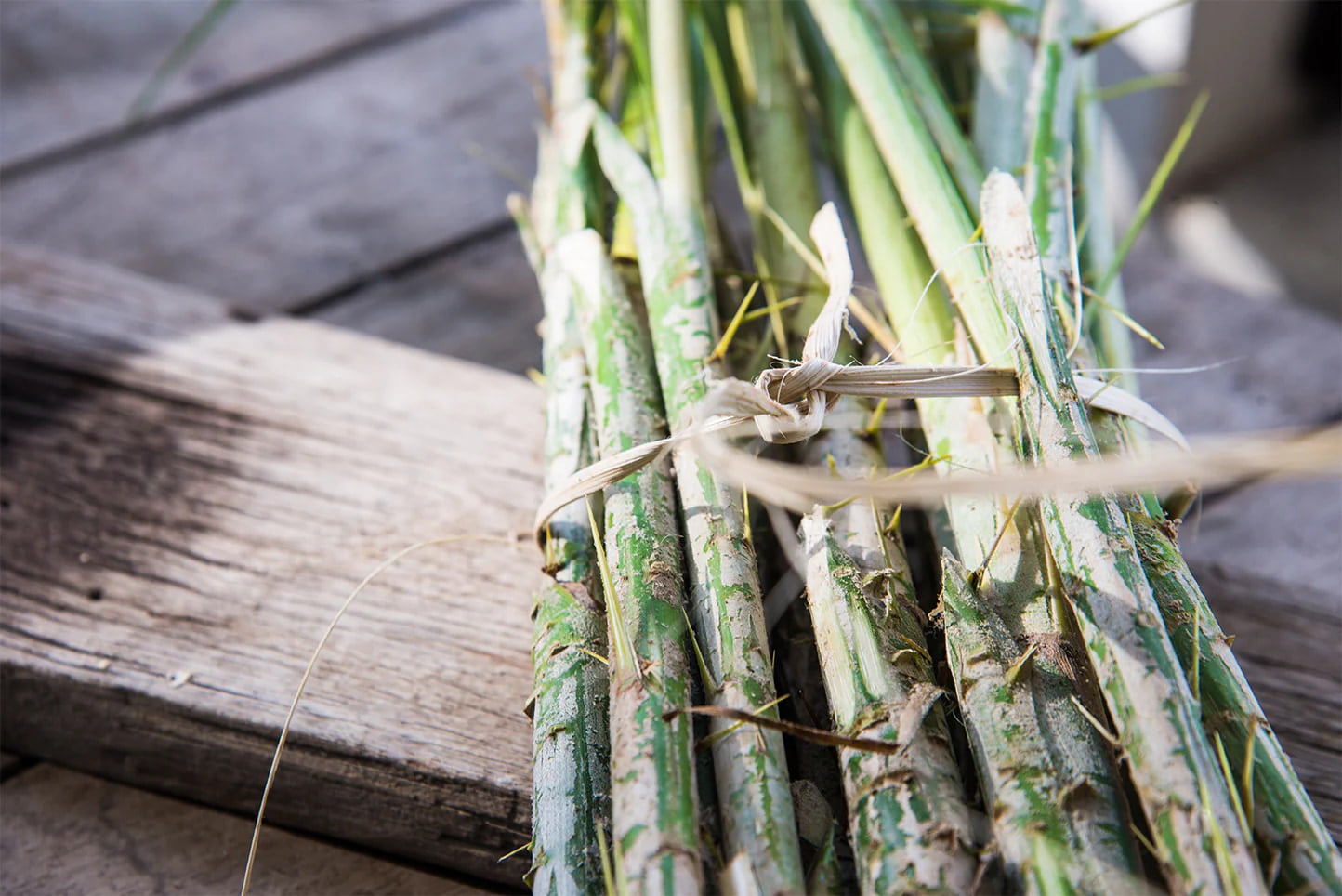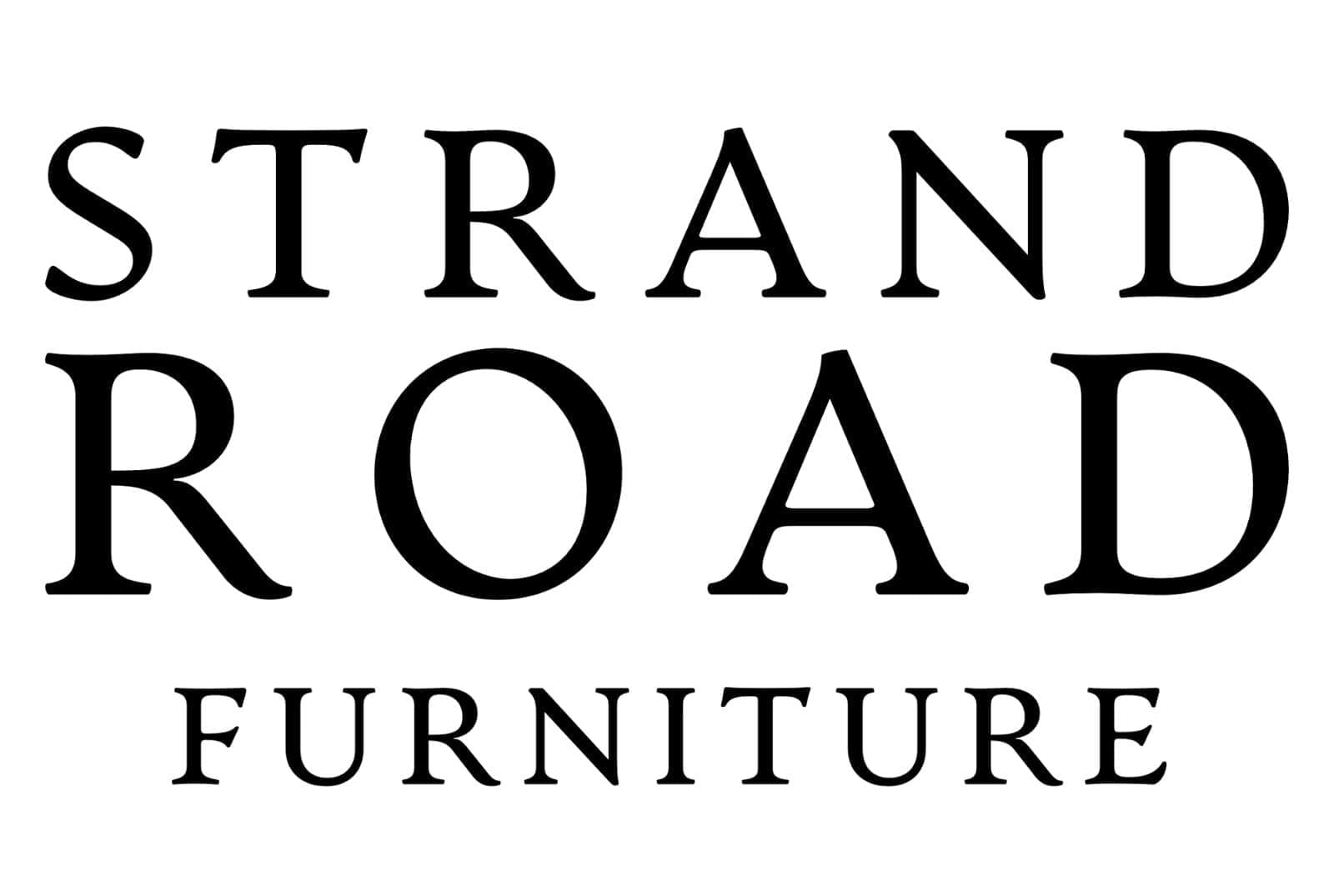'At Sika-Design, we have had a passion for rattan since 1942 and many of our indoor furniture is handcrafted from the beautiful material. But what makes rattan so special and why do we like it so much?'
Iconic designs
Arne Jacobsen, Nanna & Jørgen Ditzel, R. Wengler, Franco Albini & Franca Helg, Viggo Boesen and Tove Kindt-Larsen were all pioneers of their time. They broke new ground when they made experimental shapes of the sturdy material rattan and wicker, creating sculptural and timeless furniture design icons.
With great respect and admiration for the original designs and in close collaboration with the descendants, we are at Sika-Design proud to have acquired the rights for these iconic designs.
Rattan is not bamboo
Rattan is one of the most sustainable materials available for furniture manufacturing. Rattan is often confused with bamboo, but there is a big difference between the two materials. Bamboo is hollow and cannot be bent. Rattan, on the other hand, is solid and can therefore be steamed and bent into all sorts of shapes. The fact that rattan is solid also makes rattan furniture very durable, and able to last for generations. Rattan comes in 600 different variants and from these 40 can be used in the production of furniture. At Sika-Design we only use the 2 best qualities called Tohiti and Manau.
The Outdoor Collection
The outdoor collection is handcrafted in Alu-Rattan and Sika-Design ArtFibre®. Alu-Rattan is powder-coated aluminum that has been developed to resemble rattan and its unique shaping ability. Powder coating has the advantage that it can withstand hard wear and high temperatures. ArtFibre® is a unique fiber made of dyed hard-wearing polyethylene that is temperature and UV resistant. The fiber has a strong structure that can maintain its shape for years on end.

Rattan and sustainability
80% of the world's rattan resources grow in Indonesia, close to Sika-Design's manufacturing facilities. According to the Indonesian people, rattan is hugging the rainforest. This is to be understood both literally, as rattan grows as vines around the trees in rainforest, and in a figurative sense, as rattan production helps to preserve the rainforest. No rainforest, no rattan.
- Rattan regenerates in the span of 5 to 7 years, making it one of the world's fastest-growing materials for furniture manufacturing. Rattan vines are known to grow up to 100 meters.
- Rattan absorbs CO2 and generates clean air - and produces up to 35% more oxygen than a tree.
- Rattan is harvested in the most environmentally friendly way, namely by hand.































